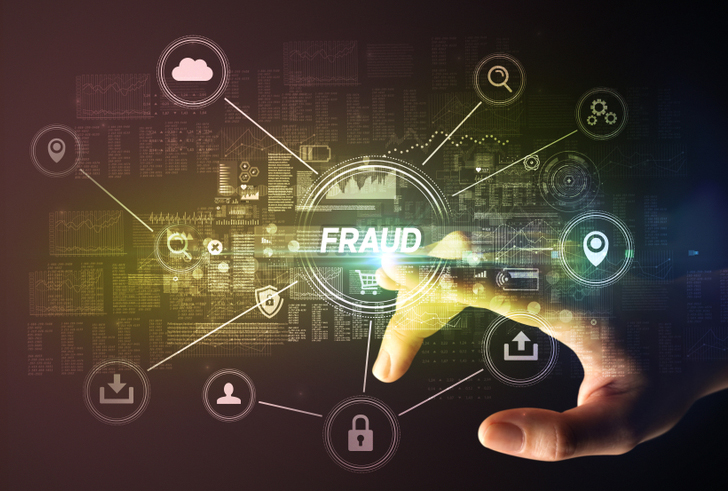Artificial Intelligence for Fraud: Fighting Fire with Fire
- A new report shows fraud is still increasing
- Digital transactions are far from immune
- Experts advise financial institutions to fight fire with fire
As reported at The Banker, fraud prevention software company SEON recently published their 2023 Global Banking Fraud Index, wherein they report that the costliest fraud variety recorded last year -- check, card, and bank account fraud -- was more than three times as common as the type that came in second place: online shopping and auctions fraud (the third costliest was application fraud, excluding mortgages).
That doesn't mean digital avenues are immune - far from it:

The report shows that while digital-only banks facilitate financial inclusion for millions of customers who have been traditionally unable to open a bank account, fraudsters are finding new digital ways in which to exploit weaknesses.
It cites Brazil’s Nubank, the world’s largest neobank both by customer base and valuation, as one of the major players which is “showing consumers that financial services can be a right, rather than a privilege”. But it warns such digitisation means more “bad actors” are finding digital ways to get included. According to the report, 71% of fintechs surveyed reported that they had suffered a business email compromise (BEC) breach in the past year.
Time to Step Up the Fight Against Fraud
Co-author of the Global Banking Fraud Index Tamas Kadar, CEO and co-founder of SEON, made clear his position:
“We have to do a better job at catching up with all the [fraud] projects and activities because, part of an ever-evolving process, they are getting smarter day by day, and are now also utilizing technologies such as AI.”

Indeed, AI has been identified as a potential threat in the hands of fraudsters. As we noted in a previous blog, Microsoft’s chief economist, Michael Schwarz, had a warning for all of us while serving on a World Economic Forum panel in Geneva on Wednesday (May 3), “I am confident AI will be used by bad actors, and yes, it will cause real damage.” And, we cannot forget the potential threat from generative AI to not only create deep fakes (identities) but potentially create counterfeit checks in mere seconds.
However, AI is also a vital defensive tool for FI's. Australia, for instance, is putting in place a mechanism designed to aid banks in reporting fraud quickly and easily:
Last month, Australian banks announced a new digital platform intended to facilitate the quick reporting of fraudulent payments en route or transferred to another bank. According to the Australian Banking Association (ABA), the new Fraud Reporting Exchange (FRX) platform will enable faster and more targeted communication to help banks stop and recover as much money as possible when customers have paid scammers.
An ABA spokesperson says: “This will help disrupt fraudsters and scammers by allowing the reporting of scam payments in close to real time, boosting the likelihood that funds can be frozen and returned to customers.”
Artificial Intelligence: Fighting Fire with Fire
Martin Rehak, CEO of software company Resistant AI, points out that banks and credit unions need to stay on top of AI technology in order to level the playing field.
“They need to fight fire with fire,” he warns. AI is the only way to effectively combat these threats by applying machine learning techniques to outsmart the attackers’ technology, he says, adding: “As more attacks occur, it is easier to detect patterns in the behaviour, types of documentation and so on.”

This applies to check fraud, which has been identified as one of the biggest threats for financial institutions and their customers. Traditional systems such as transactional and image analysis have gone through a transformation with the introduction of artificial intelligence and machine learning. Behavioral analytics utilizes AI and ML to analyze thousands, if not millions, of transaction to find anomalous behaviors, while image forensic AI takes a deep dive into analyzing images of checks by training the system with millions of previously clear checks to identify counterfeits, forgeries, and alterations.
Additionally, financial institutions are taking it a step further, deploying dark web monitoring services and software -- going after the source directly. As noted in a previous blog, the dark web has become a marketplace for stolen checks. By infiltrating the main source of stolen checks, financial institutions are able to identify which accounts are compromised -- proactively closing the accounts before fraudsters can perform fraudulent activities.
Financial institutions need to take a proactive, not reactive, approach to fraud. Instead of leveling the playing field, it is time for financial institutions to take it over.